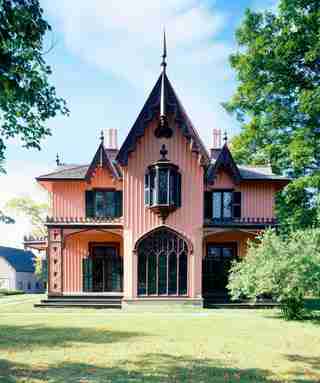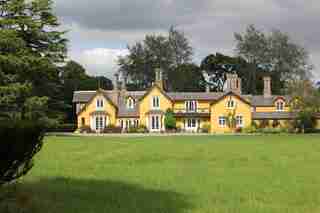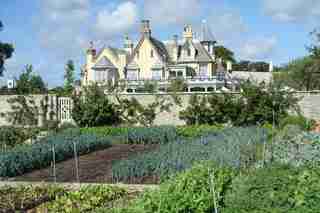July 01,2022
These Cottages Are the Epitome of Charming
by David Stewart
The simple, rustic cottage is a staple of the English countryside, and even today you’ll find them dotted throughout green landscapes. But in the 19th century, an architectural movement elevated cottages to an ornamental artistic standard. Enter the cottage orné, the subject of Roger White’s new book, Cottages Ornés: The Charms of the Simple Life ($50, Yale University Press ). In the mid-18th century, architects like William Kent and Thomas Wright were designing estate cottages and garden pavilions for elite clients, infusing them with a heightened aesthetic compared to the more common, plainly decorated cottages. As the movement grew over the next century, the cottage orné bridged all social classes in England. White writes in his introduction, “It is arguably the only architectural genre the spans the entire social spectrum . . . with the very select handful of royal and imperial cottages at the apex, shading down through the more ample ranks of those built for the aristocracy and middle classes, into the cottages and lodges of the working classes.” After becoming popular in England, the movement spread to Ireland, the rest of the United Kingdom, mainland Europe, and across the world. See some of these amazing cottages ornés below.

The Roseland Cottage in Woodstock, Connecticut, has an almost gingerbread-esque quality.

The two-story Martinstown House in County Kildare, Ireland, is painted a plucky yellow.

The Studland Manor in Dorset, England, was originally built in 1825, then expanded years later.
The Cottage Palace at Peterhof in St. Petersburg, Russia, has both real and trompe l’oeil tracery.
The Eastern Lodge on the Membland Estate in Newton Ferrers, Devon, England, displays an unusual circular design.
The Shell House of the Endsleigh House in Tavistock, Dorset, England, has ornate shellwork, of course!
Cottages Ornés , by Roger White.






